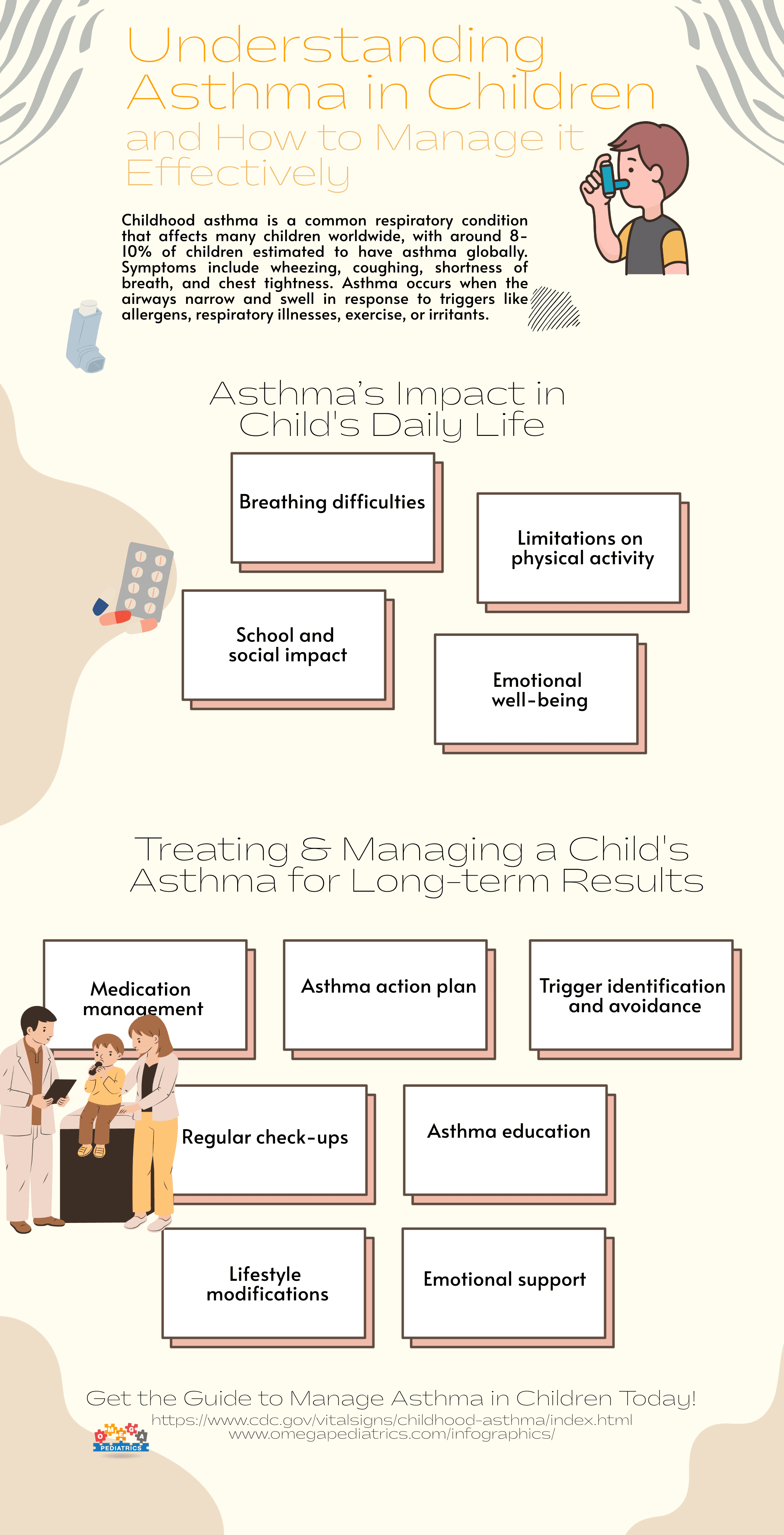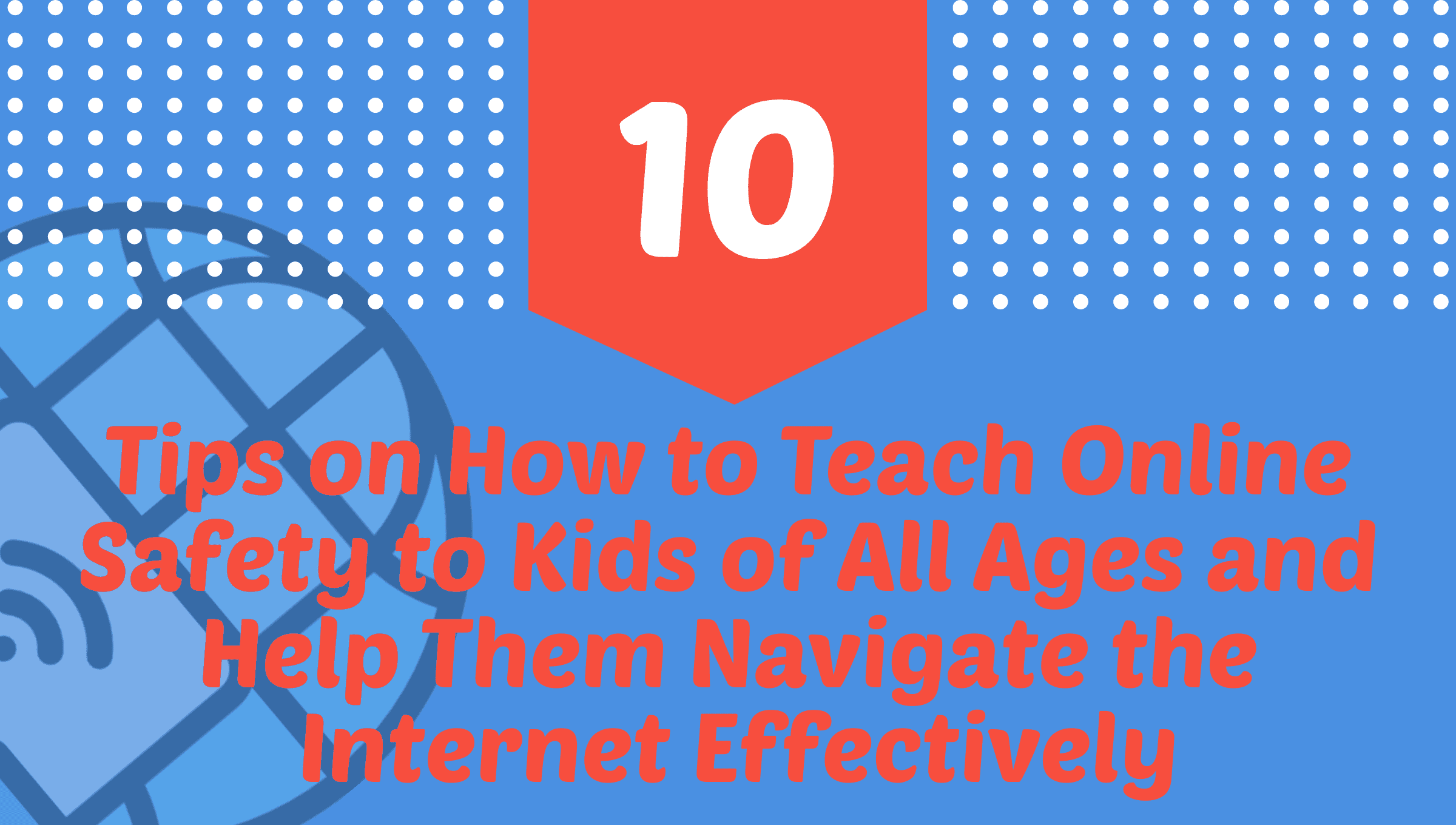
Loading the Elevenlabs Text to Speech AudioNative Player...
Childhood asthma is a common respiratory condition that affects many children worldwide. The prevalence of childhood asthma varies by region and population, but it is estimated that around 8-10% of children globally have asthma.
The symptoms of asthma, a chronic respiratory disorder marked by inflammation and airway narrowing, include wheezing, coughing, shortness of breath, and tightness in the chest. It is a prevalent condition, particularly among children.
An asthmatic child’s airways narrow and swell when they are exposed to triggers like allergens (like pollen or dust mites), respiratory illnesses, exercise, or irritants (like smoke or pungent scents). As a result, breathing becomes difficult, and asthmatic symptoms appear.
Asthma’s Impact in Child’s Daily Life
- Breathing difficulties: Children with asthma may experience recurrent episodes of wheezing, coughing, and shortness of breath. These symptoms can range from mild to severe, and they can interfere with normal activities and sleep patterns. Severe asthma attacks may require immediate medical attention.
- Limitations on physical activity: Some children with asthma may experience exercise-induced asthma, which causes breathing difficulties during or after physical activity. This can limit their participation in sports or other vigorous activities, affecting their overall fitness and enjoyment.
- School and social impact: Asthma symptoms and treatments can disrupt a child’s school attendance, concentration, and performance. Children may need to miss school days due to asthma flare-ups or medical appointments. Additionally, the need for medication or inhalers may make children self-conscious or feel different from their peers.
- Emotional well-being: Living with a chronic condition like asthma can impact a child’s emotional well-being. They may feel frustrated, anxious, or isolated due to the limitations imposed by their condition. Support from caregivers, peers, and healthcare professionals is crucial to managing the emotional impact of asthma.
Treating & Managing a Child’s Asthma for Long-term Results
- Medication management: Work closely with a healthcare professional to determine the appropriate long-term control medications for your child. These medications, typically inhaled corticosteroids, help reduce airway inflammation and prevent asthma symptoms. It’s important to follow the prescribed medication regimen consistently to maintain control over your child’s asthma.
- Asthma action plan: Develop an asthma action plan in collaboration with your child’s healthcare professional. This plan should outline daily management strategies, including medication use, triggers to avoid, and steps to take during asthma flare-ups or emergencies. Ensure that all caregivers, including school staff, are familiar with and have access to the asthma action plan.
- Trigger identification and avoidance: Help your child identify their asthma triggers, such as allergens, irritants, exercise, or respiratory infections. Take steps to minimize exposure to these triggers by creating an asthma-friendly environment at home, ensuring proper ventilation, using allergy-proof bedding, and avoiding tobacco smoke. Teach your child to recognize and avoid triggers to reduce the frequency and severity of asthma symptoms.
- Regular check-ups: Schedule regular follow-up visits with your child’s healthcare professional to assess asthma control, adjust medication as needed, and address any concerns. These check-ups provide an opportunity to review the asthma action plan, assess lung function, and monitor your child’s overall health and well-being.
- Asthma education: Educate your child about asthma, including its causes, symptoms, and the importance of adhering to their medication regimen. Teach them proper inhaler technique and encourage their involvement in managing their condition as they grow older. Additionally, educate family members, teachers, and caregivers about asthma to ensure a supportive and knowledgeable environment for your child.
- Lifestyle modifications: Encourage a healthy lifestyle for your child, including regular physical activity that is suitable for their asthma condition. Work with their healthcare professional to identify any necessary precautions or adjustments during exercise. Additionally, maintain a balanced diet, ensure adequate hydration, and promote good sleep habits to support overall health and well-being.
- Emotional support: Living with a chronic condition like asthma can have emotional impacts on a child. Offer emotional support, create an open environment for discussing their feelings and concerns, and encourage them to participate in age-appropriate activities and social interactions. Consider involving support groups or counseling services if needed.



